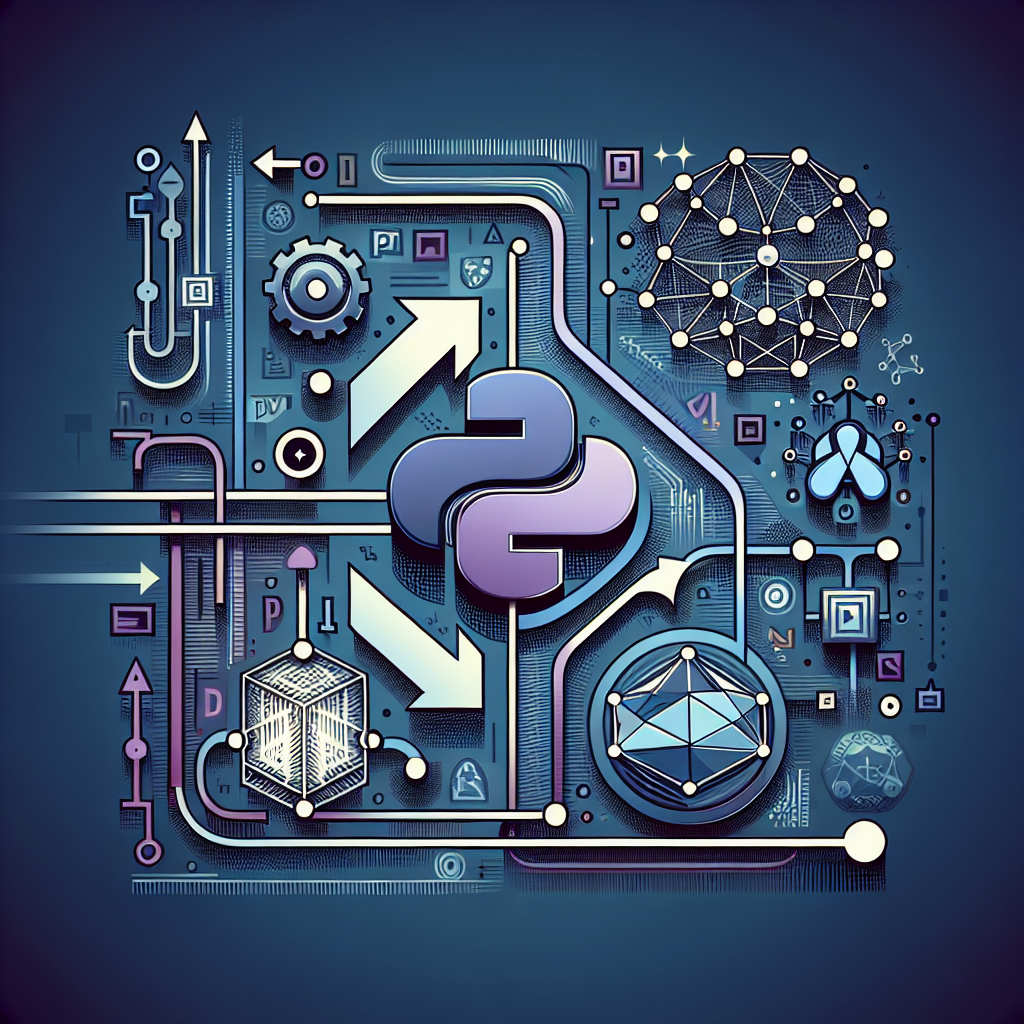Deep learning has become one of the most popular fields in artificial intelligence, with applications ranging from image recognition to natural language processing. Building and training neural networks is a crucial aspect of deep learning, and two of the most widely used frameworks for this task are PyTorch and TensorFlow.
PyTorch and TensorFlow are open-source libraries that provide a wide range of tools and functions for building and training neural networks. Both frameworks are powerful and flexible, but they have some key differences in terms of syntax and design. In this article, we will explore how to navigate the world of deep learning by building and training neural networks with PyTorch and TensorFlow.
Building Neural Networks with PyTorch
PyTorch is known for its dynamic computation graph, which allows for easy experimentation and debugging of neural network models. To build a neural network with PyTorch, you first need to define the network architecture using the torch.nn module. This module provides a wide range of pre-defined layers, such as linear layers, convolutional layers, and activation functions.
Once you have defined the network architecture, you can create an instance of the model and specify the loss function and optimization algorithm. PyTorch provides a variety of loss functions, such as CrossEntropyLoss and MeanSquaredError, and optimization algorithms, such as SGD and Adam.
Training Neural Networks with PyTorch
To train a neural network with PyTorch, you need to define a training loop that iterates over the training data and updates the model parameters based on the gradients computed by the loss function. PyTorch provides automatic differentiation through the torch.autograd module, which makes it easy to compute gradients and update model parameters.
During training, you can monitor the model’s performance on a validation set and adjust the learning rate or other hyperparameters to improve performance. PyTorch also provides tools for visualizing training progress, such as the TensorBoardX library.
Building Neural Networks with TensorFlow
TensorFlow is known for its static computation graph, which allows for efficient execution and deployment of neural network models. To build a neural network with TensorFlow, you first need to define the network architecture using the tf.keras module. This module provides a high-level API for building neural networks, with pre-defined layers and activation functions.
Once you have defined the network architecture, you can compile the model by specifying the loss function, optimization algorithm, and metrics to monitor during training. TensorFlow provides a variety of loss functions, optimizers, and metrics, such as categorical_crossentropy, Adam, and accuracy.
Training Neural Networks with TensorFlow
To train a neural network with TensorFlow, you need to define a training loop that iterates over the training data and updates the model parameters based on the gradients computed by the loss function. TensorFlow provides automatic differentiation through the tf.GradientTape module, which makes it easy to compute gradients and update model parameters.
During training, you can monitor the model’s performance on a validation set and adjust the learning rate or other hyperparameters to improve performance. TensorFlow also provides tools for visualizing training progress, such as the TensorBoard library.
Conclusion
In this article, we have explored how to navigate the world of deep learning by building and training neural networks with PyTorch and TensorFlow. Both frameworks provide powerful tools for building and training neural networks, but they have some key differences in terms of syntax and design.
Whether you prefer the dynamic computation graph of PyTorch or the static computation graph of TensorFlow, both frameworks can help you build and train state-of-the-art neural networks for a wide range of applications. By mastering the tools and techniques provided by PyTorch and TensorFlow, you can unlock the full potential of deep learning and create innovative solutions to complex problems.
#Navigating #World #Deep #Learning #Build #Train #Neural #Networks #PyTorch #TensorFlow,understanding deep learning: building machine learning systems with pytorch
and tensorflow: from neural networks (cnn


Leave a Reply